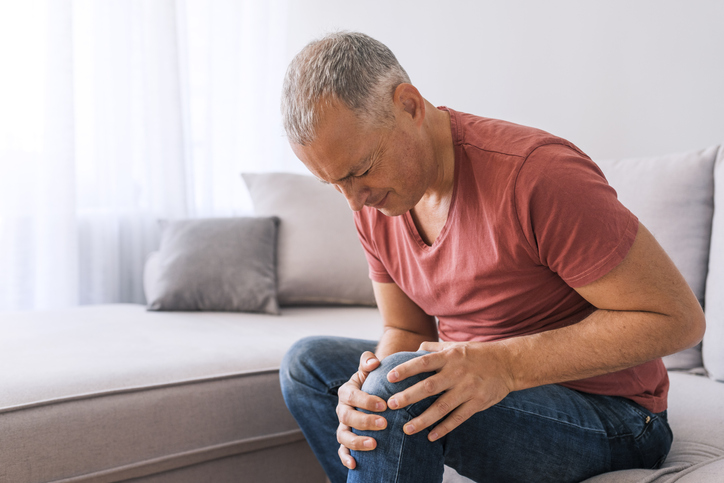Pain
Managing Severe Leg Pain

Leg pain can affect the entire leg or a specific area, such as the knee, shin or thigh. Mild leg pain can be intermittent and sore after certain activities, while severe pain can limit weight-bearing or physical activities. Pain can be caused by wear and tear, overuse, or injuries to the joints, bones, muscles, tendons or ligaments.
Individuals should seek medical attention if leg pain is severe or lasts longer than a few days. Seek emergency medical attention if a crack is heard, motion is impaired, severe swelling occurs, or if headache, numbness, weakness or tingling accompany the leg pain.
Managing severe leg pain
There are various types of leg pain. In order to properly manage severe leg pain, a diagnosis from a health care professional is needed. Management of leg pain is dependent upon the cause. Stretching the leg muscles can help alleviate certain types of leg pain, such as cramping or a pulled muscle. It may also help increase flexibility and reduce the risk of injury when done prior to physical activities.
Muscle cramps
Muscle cramps are sometimes caused by dehydration and can easily be treated by drinking additional water. Sports drinks can help replace electrolytes. It may also help to gently massage the painful area when a muscle has tensed up. Resting the legs and elevating them may provide relief. Over-the-counter pain relievers may mitigate pain as the leg improves. Wearing compression socks with support may also be beneficial.
Tendinitis
Pain in the lower half of the leg may be a result of tendinitis. Conventional treatments include icing the area to reduce inflammation and resting for a few days. Severe pain may be an indication of a torn Achilles tendon, in which case a health care professional will likely inject medicine into the area.
Varicose veins
Varicose veins are caused by weak vein walls and valves. They may cause a dull ache after standing for extended periods of time. Support stockings are available to help relieve the pain. Certain physical activities can also assist in strengthening the leg muscles.
Shin splints
Shin splints occur when the muscles and tendons located underneath the shin bone become damaged or inflamed, causing difficulty walking. Resting and icing usually help improve this condition.
Sprain
A twisted ankle or mild sprain can be treated by resting, icing, compressing and elevating the leg, in that order. A more severe sprain or a broken bone may need to be put in a cast to heal properly. Physical therapy may also be necessary.
Sciatica
Sciatica, or sciatic nerve pain, refers to pain that occurs when the sciatic nerve root in the lower back becomes compressed, irritated or inflamed. Sciatic nerve pain radiates from the lower back, into the buttocks, and down the legs. Temperature therapy involves the use of heat or cold to reduce pain. Heat therapy relaxes stiff joints and muscles; whereas, cold therapy numbs acute pain and reduces inflammation. Other treatment plans for sciatica include medications, physical therapy, steroid injections, and surgery.






